Hard-pressed shoppers feel they are falling victim to grocery 'shrinkflation', according to research from Barclays.
Which? has found dozens of examples of grocery and household essentials that have become smaller in size but remained at the same price, or even become more expensive.
Here, we reveal some of the worst examples we've come across, and share our advice on how you can cut your grocery bill.
Which products have shrunk?
People are becoming increasingly concerned about manufacturers reducing product sizes, according to the report from Barclays.
One in five shoppers said they planned to switch from products that had been downsized by manufacturers to buying in bulk instead.
The most common victims of shrinkflation, according to the survey respondents, were chocolate (50%), crisps (40%), biscuits (39%) and snack bars (35%).
We asked Which? Facebook group members for examples they'd seen, and learned of numerous popular branded products that have shrunk in pack size in recent months, including:
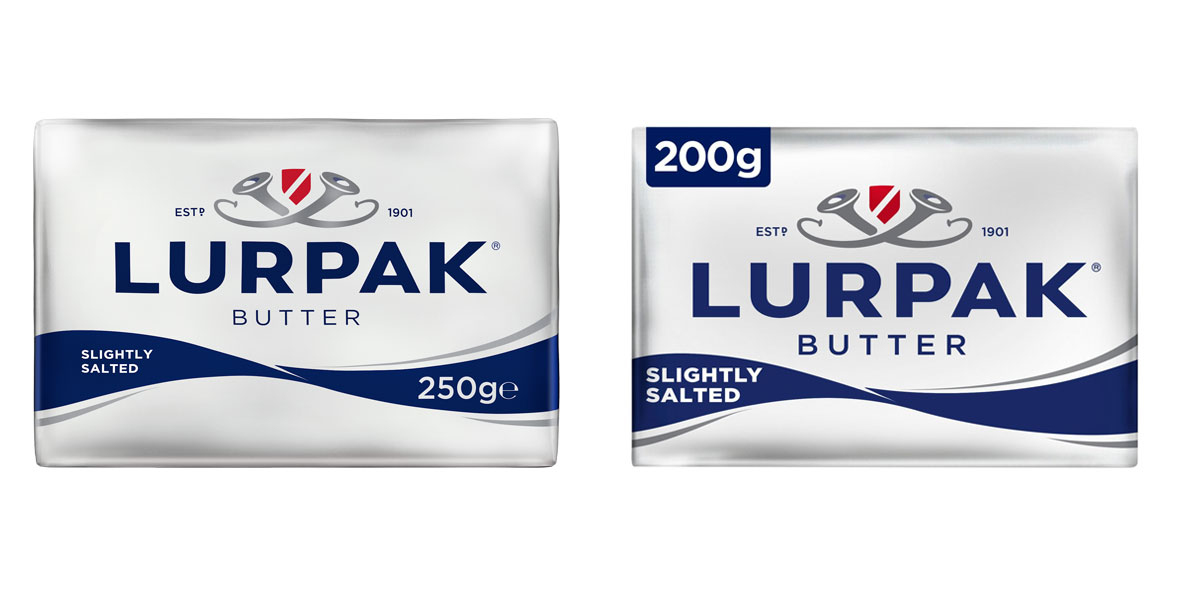

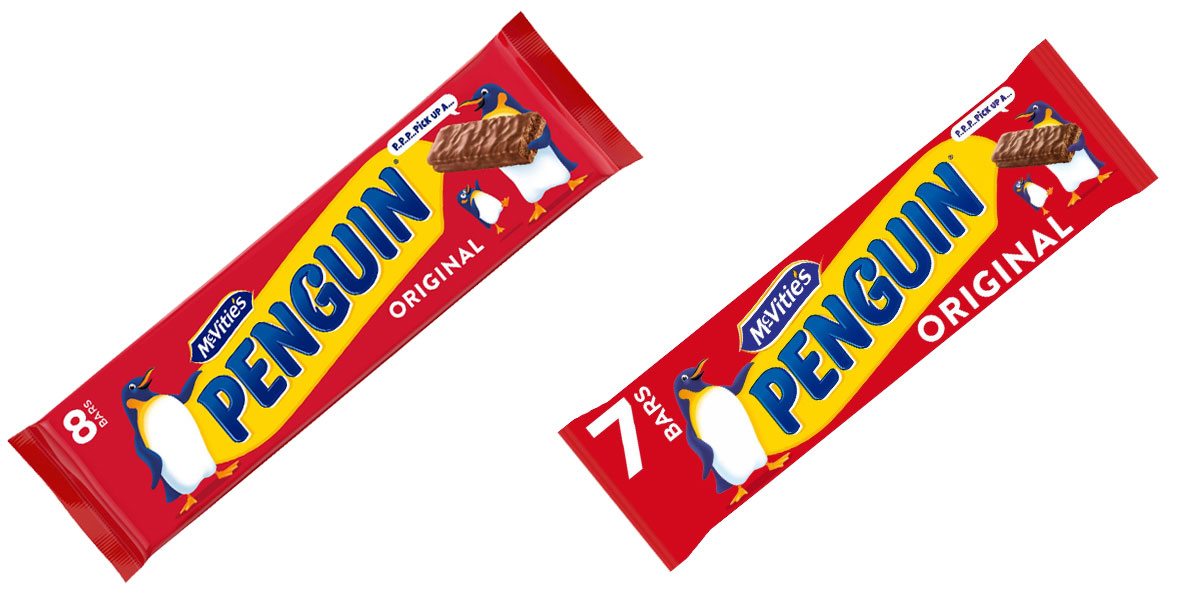

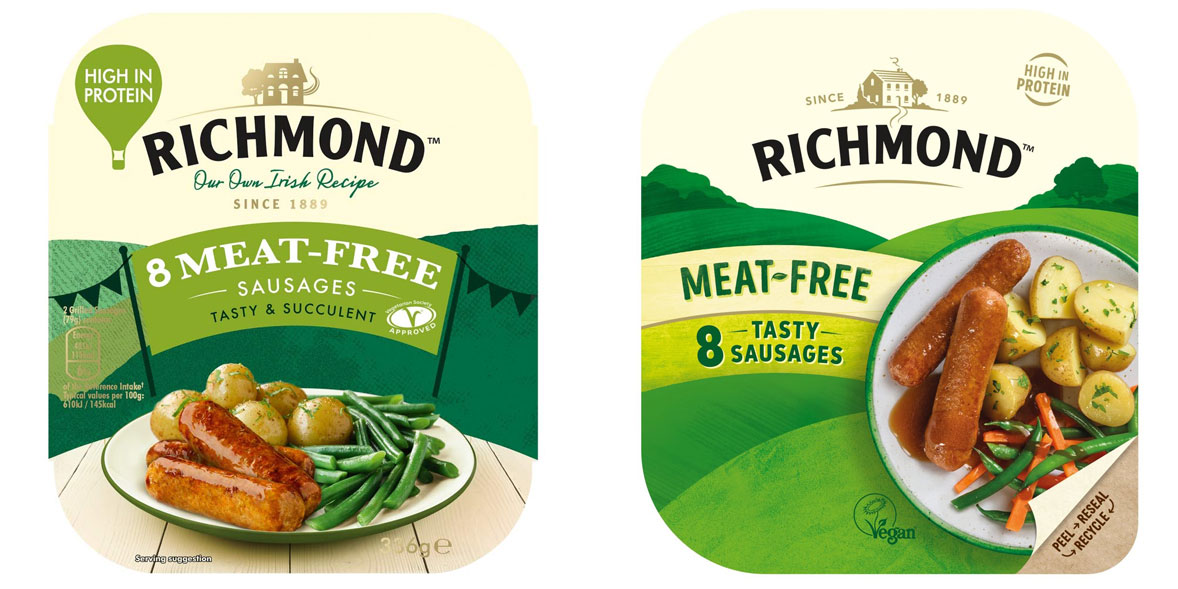

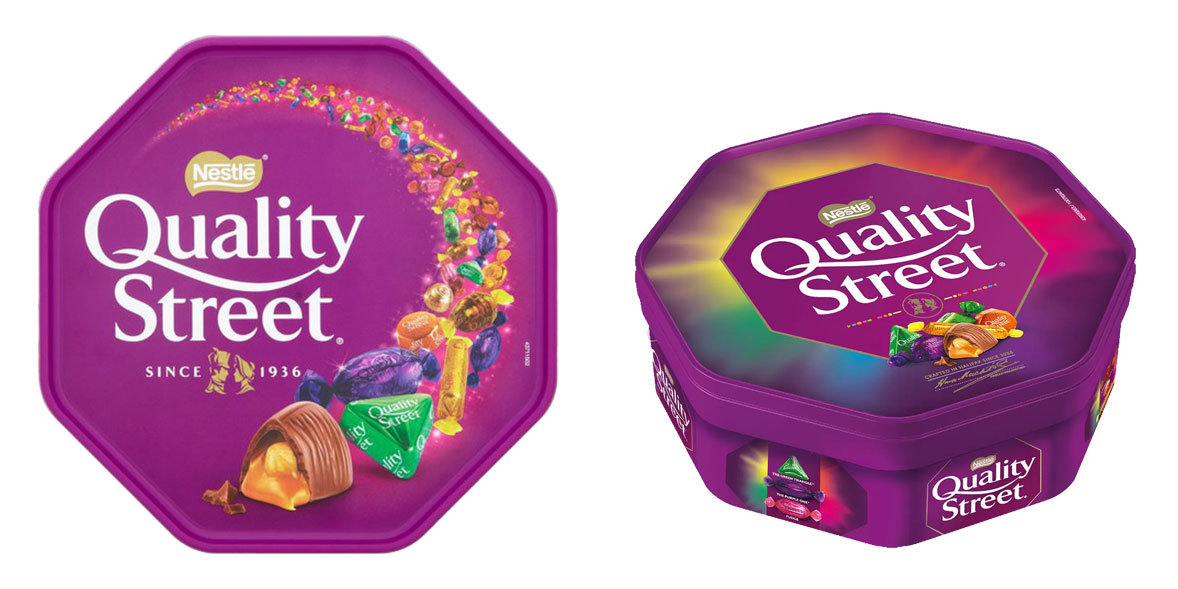

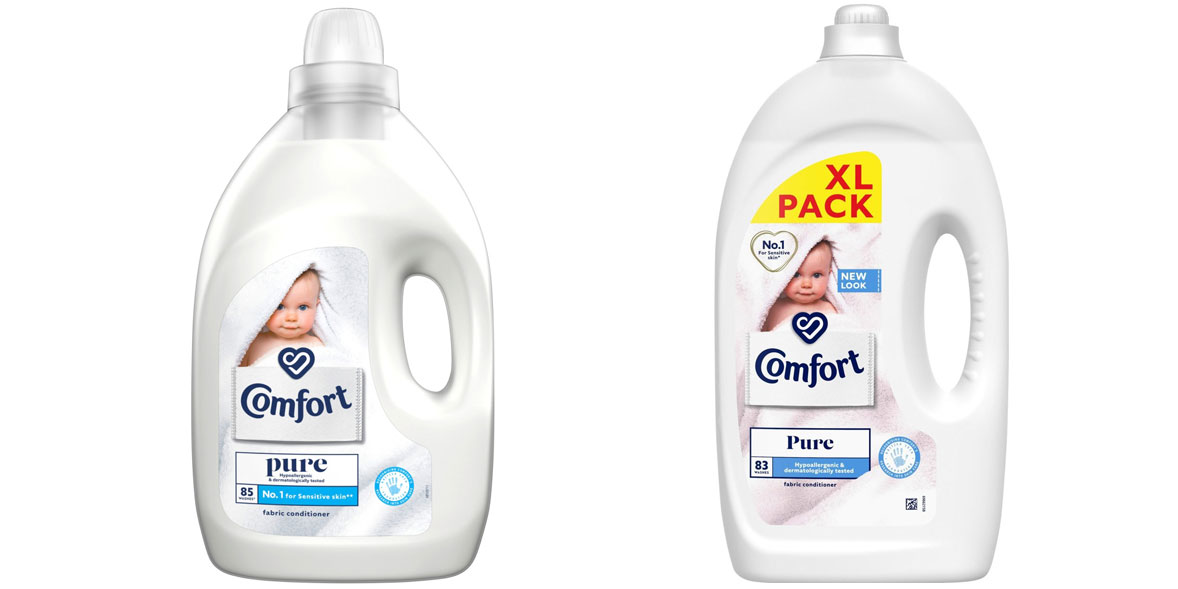 Find out more:
Find out more:
The short answer is, yes. But supermarkets and manufacturers must work within strict guidelines when it comes to shrinkflation.
The British Retail Consortium (BRC) states that shrinking pack sizes isn’t misleading, as prices and quantities are always stated on the packaging.
Andrew Opie, director of food and sustainability at the BRC, told Which?: 'Given the challenges facing households from the cost of living squeeze, retailers are solely focused on finding ways to limit rising prices for customers against the rising cost of production, while maintaining the excellent quality of products.
'Prices and sizes of all products are clearly labelled so that customers can make informed decisions about their purchases.'
Brands must clearly display what is inside the packaging, while items and quantities must be labelled clearly.
Legally speaking, while brands should not suggest that the packaging contains more than it actually does, they are not obliged to explicitly tell people if the pack size has reduced.
This means it's up to you as a shopper to notice for yourself, and vote with your feet if you're unhappy.
Find out more:Tips to help you spend less on your food shopping
Although food prices are climbing, there are steps you can take to reduce the cost of your food shopping in addition to switching to a cheaper supermarket.
Supermarkets also sometimes keep very similar products in multiple aisles, in slightly different packaging (for example dried fruits might be in the snack section but also the baking area) and charge different amounts depending on how they're being marketed - so hunt around if you're in a physical store and you may find a better price.
What the manufacturers said
We asked the manufacturers of the products we listed above to explain their approach to shrinkflation.
'Over the last month, we have introduced a new 200g block butter across our Lurpak and Anchor brands, which replaces the previous 250g option. We want to help reduce the cost of the average shopper's basket and have therefore lowered the price on Lurpak and Anchor alongside the size reduction. 'Whilst pricing is set by retailers directly, we have worked closely with our retail partners to ensure the 200g block option is offering at least the same price per 100g.'As a dairy cooperative, all profits go back to our 2,000 farmer owners, and whilst Arla continues to work hard to minimise the inflationary impact for shoppers, at the same time we must introduce changes to ensure that our farmers are able maintain the supply of products into shops.'
Arla is also cutting the recommended price for retailers to sell its 250g and 750g Lurpak packs by 20%, and has introduced a smaller 400g pack.
On Pringles, a Kellogg's spokesperson said: 'As the cost of ingredients and production processes increase, it can cost us more to make our products than it used to. That said, prices don’t always increase, for example in 2021 a 200g can RRP was £2.50 and in 2022 it was £2.
'It’s the [retailers'] absolute discretion and decision what price to charge shoppers.'
When it came to Whiskas, a spokesperson for Mars said: 'The inflationary pressures being felt around the globe are well documented and sadly we are not immune to them.
'While we continue to absorb cost increases coming from raw materials, and retail pricing remains at the sole discretion of the retailer, regrettably we made the difficult decision to maintain the list price of our Whiskas pouches at the new size. We will always offer our high-quality pet food at the best possible value for money.'
Regarding Quality Street, Nestlé told us: 'Each season, we introduce a new Quality Street range with formats, sizes, weights and RRPs based on a range of factors including the cost of manufacturing, ingredients, transport, and the preferences of our customers and consumers. We think our range and pricing is competitive and allows a good variety of choice for consumers. Final prices are always at the discretion of individual retailers.'
A Richmond spokesperson said: 'Unfortunately, like many in our industry we have had to reduce the size of some products as a result of rising production costs. This is not a decision we made lightly and we remain committed to offering the best possible value for money without compromising on quality or taste.'
On Comfort fabric conditioner and Magnum ice creams, manufacturer Unilever said: 'Although we are currently experiencing significant increases in input costs, we’re very mindful of the pressure shoppers are feeling at what is an extremely challenging time, and our aim is to continue to offer value and choice through a range of different products sizes, formats and price points.
'We will always try to absorb as much of the cost pressures ourselves and look for savings within our own business before increasing prices or changing pack size. The retail price of our products is always at the sole discretion of the retailer and we, like all manufacturers, only provide an RRP.'
Should we receive a response from McVities' manufacturer Pladis, we will update this article.source https://www.which.co.uk/news/article/shrinkflation-on-the-rise-which-reveals-the-items-that-have-shrunk-in-size-but-not-in-price-az2376B4mj5T
